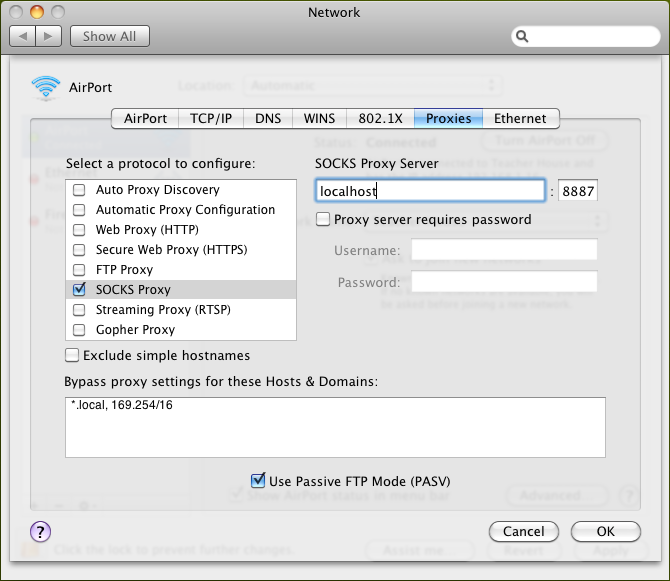

After having setup method 1, right click the Remmina RDP connection config in the remmina window, make a copy, give it a new name (I add the word tunnelled to mine).The BASIC tab looks like this in Remmina 1.4:
#Windows ssh tunnel through jumpbox password
Now setup remmina with method 1, since that setup is super easy: set the Server in Basic tab to localhost:$LOCAL_PORT, and the username and password for remote desktop into the Windows VM. As long as you have a shell with that prompt, the tunnel is active. Once you have that ssh command working, you will end up at a terminal prompt on the SSH server. This assume ssh on the SSH server is listening on port 22, otherwise specify that too. the SSH server domain name ( SSH_SERVER_DOMAIN_NAME).the user name on the SSH server ( SSH_SERVER_USER).the port that RDP is listening on the Windows VM ( RDP_PORT).the private IP of the Windows VM ( PRIVATE_RDP_IP) that you want to reach through the SSH tunnel.which private key to use ( PATH_TO_PRIV_KEY_OF_SSH_SERVER).

But it is not useful to method 2 and that info is easily found on the net (chatGPT does a good job of converting CLI params to ssh config file syntax).īut basically for method 1 you need to tell ssh

create the tunnel outside of remmina, and use remmina just for the RDP over that tunnel.The information in the other answers was not working or was unclear.įor the following situation: your local host -> ssh server (tunnel) -> Windows VM supporting RDPĪnd assuming that RDP port is open on the Windows VM, and assuming that ssh is setup on the ssh server, you have two options to use remmina for RDP over an ssh tunnel through the ssh server:
#Windows ssh tunnel through jumpbox windows 7
In Remmina's "Advanced" tab, it might also be necessary to set the TLS level selection box to 0 - Windows 7 compatible. And you will get back your terminal immediately. If you had closed Remmina before, both the terminal connection and the SSH tunnel will be closed. If you have Remmina still open, the terminal window appears to hang. (If you ran tmux or byobu) Hit F6 to detach (not disconnect) from the jumpbox. Note that "Enable SSH Tunnel is inactive (already taken care of in Step (1)). Note that everything is greyed out here in the tab below. In the "SSH Tunnel" tab, do not enter anything. In Remmina, in the "Basic" Tab, enter localhost:1111 (and the credentials of the Windows User). Step 2: Use Remmina to connect to the RDP host via Jumpbox: Open the Connection Profile in the Remmina Gui. This ssh command instructs the Jumpbox to forward any traffic coming in from your localhost port 1111 (running Remmina) to the RDP host / windows machine.

This opens an interactive terminal to the jumpbox and also opens a local SSH tunnel to the jumpbox. Ssh -l jumpboxuser my. -L 1111:my.rdp.server:3389 ) If you have password-based login enabled, use Ssh -l jumpboxloginname -i ~/.ssh/private-key-to-jumpbox my. -L 1111:my.rdp.server:3389, or, To make the connection more explicitly, enter (This assumes that you have an entry in your ~/.ssh/config file. Note: (If you don't need an intermediate host: Instead of my. you could also enter your own machine name (I think this is then called a 'loopback connection'). If you want to connect via a Jumpbox to an isolated RDP Server, (which accepts only RDP connections coming from the Jumpbox) I had success with the following Remmina configuration. Scenario: localhost => jumpbox => RDP-host


 0 kommentar(er)
0 kommentar(er)
